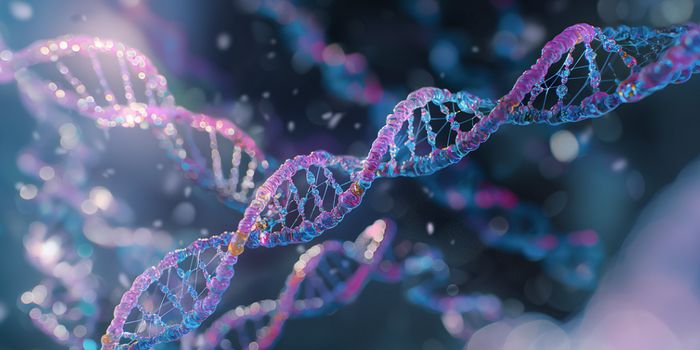The careful control of cell division is essential to organisms, and when it goes awry, major problems can arise like developmental defects or tumor growth. Cell division can have a major influence on the ultimate fate of stem cells as they specialize into specific types of cells in various tissues. Scientists have used plant cells as a model to reveal more about how development is regulated. They created movies of the growing roots of Arabidopsis plants, in which fluorescent markers illuminate the nucleus of individual cells they each divide into two daughter cells. Those progeny will ultimately form various parts of the Arabidopsis root. The findings have been reported in Nature.
While this research has focused on a common model plant organism, the biochemical processes described in this study may also apply to other organisms, including people, and may help us find new ways to prevent or repair problems in cell division.
A basic question of biology is how all of the different kinds of cells in an organism, like those in the brain, heart, or liver, for example, gain their identities, noted co-corresponding study author Cara Winter, an associate research professor at Duke University.
In plants, different kinds of cells like those found the plant's flowers, leaves, branches, or roots all derive from undifferentiated stem cells, which divide into new cells and form the different parts of the plant. Every time a stem cell divides, it can either create two new daughter stem cells that are just like the parent cell; or it can generate one stem cell that is like itself and one cell that starts to specialize into a specific type of cell. The second process is called asymmetric division, and it leads to the production of the many types of cells in a complex organism, including people. Researchers have investigated the processes that make stem cells select one path over the other.
In Arabidopsis, there are crucial cell division proteins called short-root and scarecrow; together, they trigger root cells to select asymmetric division. With light sheet microscopy and time-lapse videos that lasted as many as fifty hours, the investigators determined that even low levels of short-root and scarecrow could cause the switch to asymmetric division.
Many of the same genes that are involved in this process can be found in humans too. In people, problems with asymmetric cell division can lead to tumor growth.
“Cells need to have a program during development: first divide like this, then divide like that,” said co-corresponding study author and postdoctoral researcher Pablo Szekely. “It has to be tightly regulated in order for everything to work.”
Sources: Duke University, Nature









